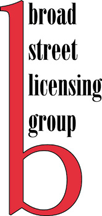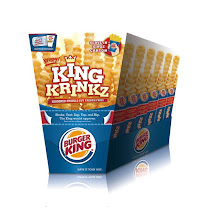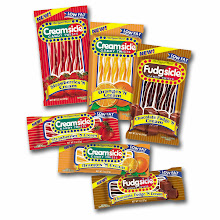
Tesco continues to “evolve” in the U.S. market, though some analysts say the chain has simply faltered after posting a $220MM loss for the fiscal year ending in February.
Those who see the U.K.-based giant's "small footprint" strategy as the future of grocery retailing should take note of the shortfall between vision and execution. With the Southwest where it launched perhaps the hardest-hit by the Recession, the retailer now plans to shore up its “value” message by adding 1,000 new items, a hefty increase to its small-format Fresh & Easy stores, which typically carry 3,500 products (10% of the typical U.S. supermarket). Tesco had originally sought to use these c-store-like locations to attract busy consumers by emphasizing fresh produce and easy shopping experiences, along with offering more “heat & serve” prepared foods, a segment underserved by the larger supermarket chains. Among the new items will be a house brand quiche, pita chips gourmet hamburger buns, cereals and even some national brands like Guerrero tortillas.
The company insists sales at stores open at least a year are up 30%, but critics say Tesco has misunderstood the market, and has offered a retail solution in search of a customer base. Analysts worry Tesco’s blues in the States could effect its ambitions to tackle other global markets, including China and India. The chain operates 120 stores in Southern California, Las Vegas and Phoenix. Planned expansion to 200 stores by 2009 is on hold, with Northern California and other locations in the Southwest shelved (even with some stores completed but unopened). Leases signed on properties in the new suburbs of Arizona, California and Nevada (where growth over the past few years had been torrid) have backfired now that these locales have some of the highest home foreclosure rates in the country. Urban stores have also performed poorly, another area where Tesco went against supermarket retailer experience.
Fresh & Easy may have blundered into cultural myopia by focusing on heat-and-serve meals, since the U.S. has an abundance of inexpensive fast food restaurants (in contrast to Britain where “ready meals” are a major component of the grocery business). Fresh & Easy’s trumpeting its “EXTRA-LOW prices” is also running up against both Walmart’s entrenched position in that segment, coupled with the shift by most other grocery retailers (including Whole Foods) to the value segment. Additionally, their refusal to honor manufacturers’ coupons, which have seen a resurgence in the current down economy, has hurt their appeal to price-conscious shoppers. Still, Tesco continues to be upbeat, and has set something of a standard in pushing new retail ideas in the segment, including a heavy reliance on social media marketing including email blasts and Twitter alerts.
Another problem for the company is that Tesco traditionally establishes its own distribution centers. The failure of Fresh & Easy to meet its expectations has rumors flying the company will purchase the US brands of Holland's Royal Ahold (Stop & Shop and Giant Food). The move would increase the number of stores to levels that would allow for economies of scale.
This blog includes excerpts from a weekly round-up of food industry & food licensing news provided free to Broad Street Licensing Group's clients, and as a paid subscription service (6 months $695; 1 year $1,125).
This blog includes excerpts from a weekly round-up of food industry & food licensing news provided free to Broad Street Licensing Group's clients, and as a paid subscription service (6 months $695; 1 year $1,125).
Too busy to keep up with the news wires & publications about the food business? If you or your company would like to subscribe to our news service, call Danielle Foley at Broad Street Licensing Group (tel. 973-655-0598) and ask for your free sample or click on our website.
.gif)










No comments:
Post a Comment
Note: Only a member of this blog may post a comment.